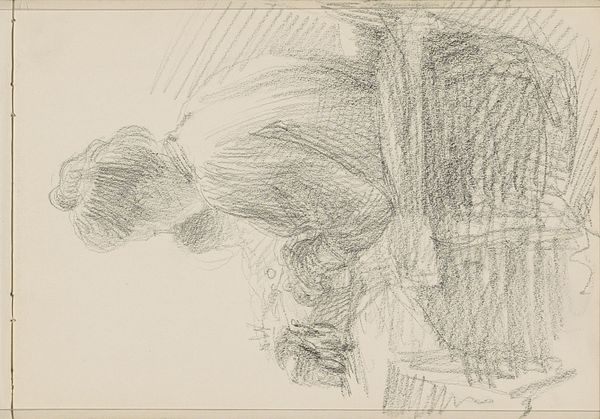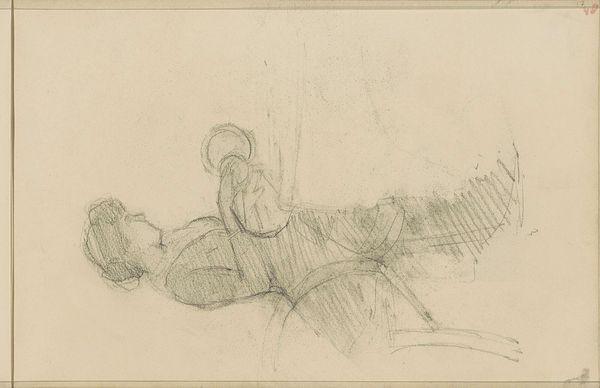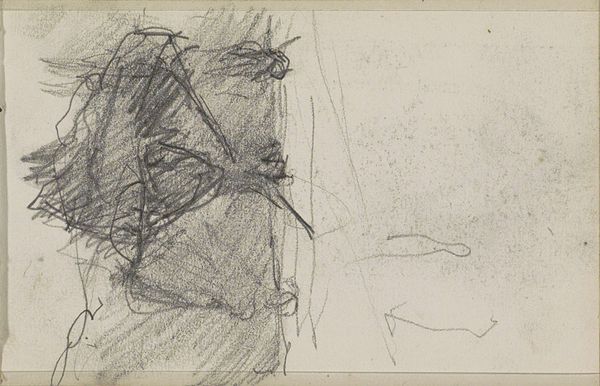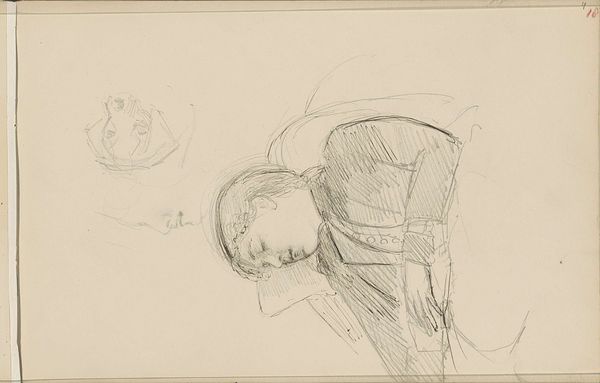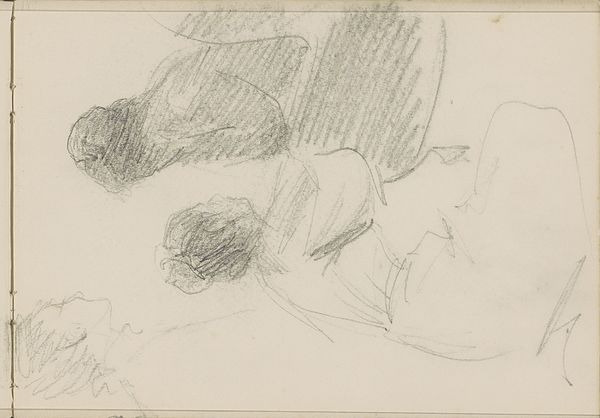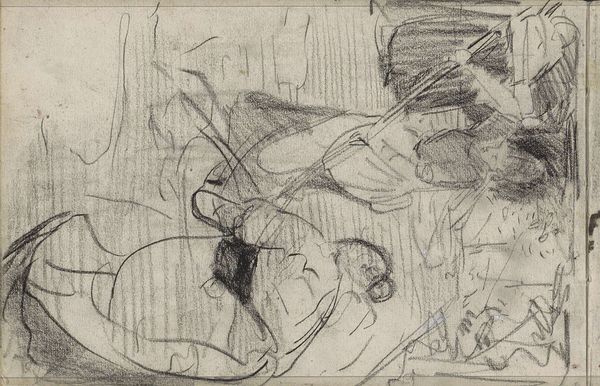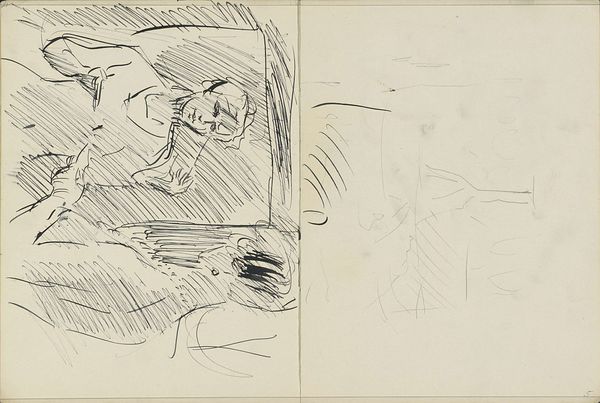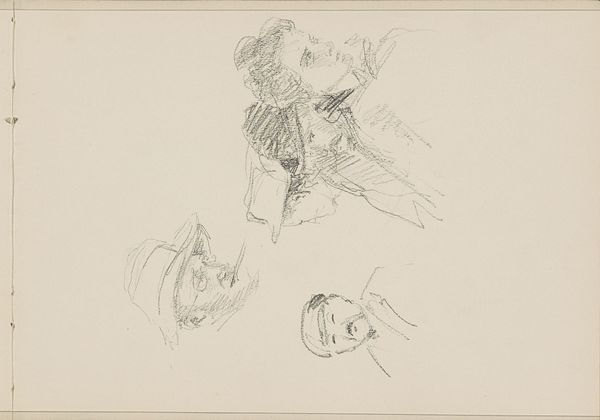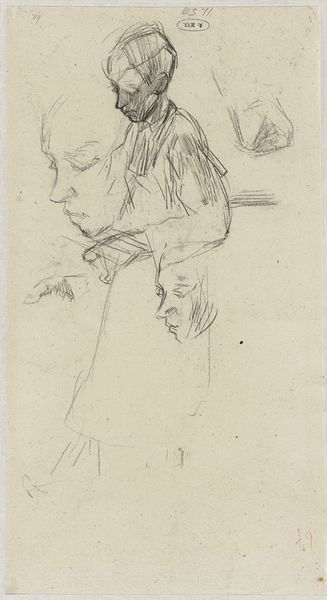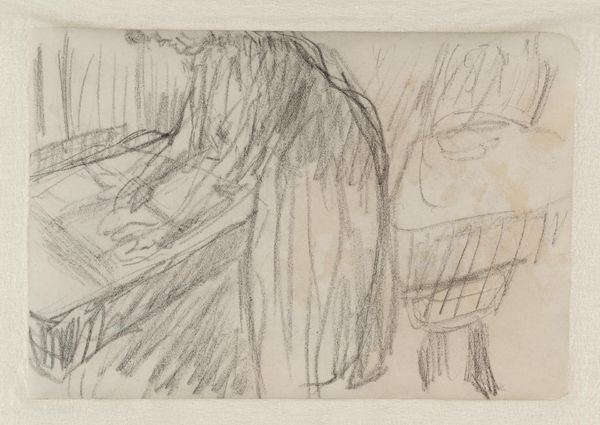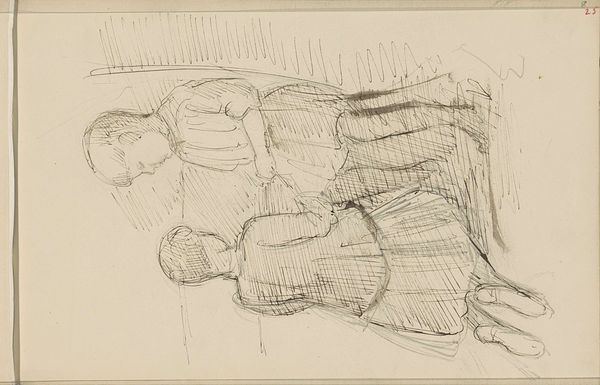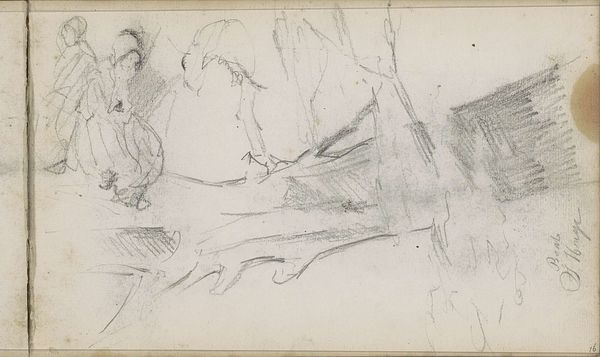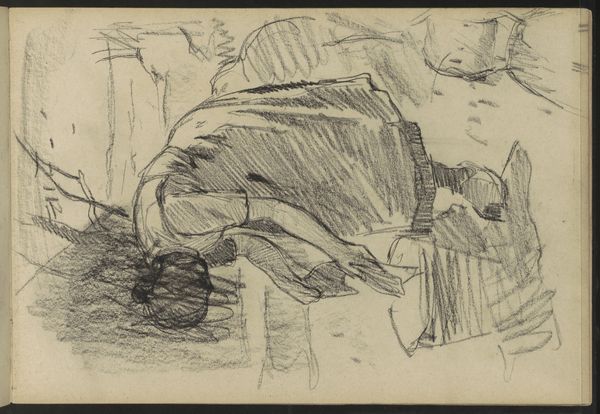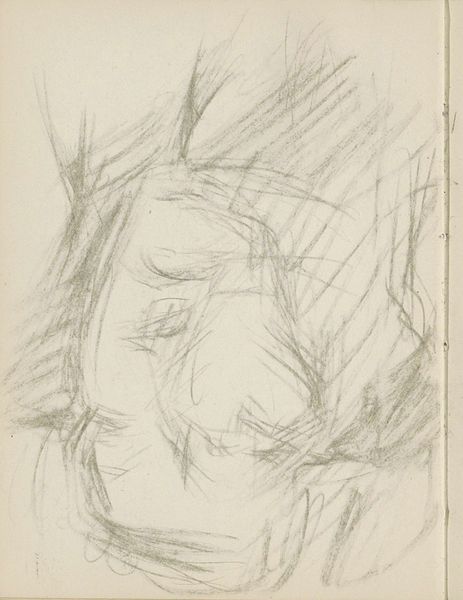
drawing, pencil
#
portrait
#
drawing
#
pencil sketch
#
pencil
#
genre-painting
#
realism
Copyright: Rijks Museum: Open Domain
Editor: So, this is Jozef Israëls' "Handwerkende vrouw en een kop," made sometime between 1834 and 1911. It's a pencil drawing at the Rijksmuseum. I’m immediately struck by the artist's visible hand – the quick, searching lines of the pencil on paper. What's your take on this piece? Curator: For me, it’s about understanding the context of production. The visible process, the pencil strokes—they aren't just aesthetic choices. They represent Israëls’s own labor, his process of observing and translating the labor of the working woman depicted. Consider the rough, almost unfinished quality. Does that affect how we view the subject, her own work? Editor: I see what you mean. The rawness avoids idealizing the woman. Was there a market for sketches like this, or was it purely for the artist’s own exploration? Curator: Good question! The art market increasingly valued the *idea* of the artist's hand. Even sketches, displaying the artist's touch, could be seen as commodities. The accessibility of pencil as a medium is also important. Unlike oils, pencil allowed for more immediate and portable modes of production, making artmaking more feasible. The sketch highlights Israëls' artistic process and the depicted subject's labor; these layers point to a broader commentary on class and the dignity of everyday work. Editor: So the choice of material and visible process connects directly to the subject matter and social commentary. Curator: Exactly! It challenges traditional hierarchies – suggesting that the means of production, even a humble pencil, and the lives of ordinary workers, are worthy of artistic attention. How might the rapid, unfinished strokes mirror or comment on the relentless nature of the sitter's work? Editor: That gives me a lot to think about. I originally just saw a simple sketch, but now I see the layers of meaning embedded in its very materiality. Thanks for pointing that out! Curator: Of course! Seeing art through the lens of material and labor can open up entirely new avenues of understanding.
Comments
No comments
Be the first to comment and join the conversation on the ultimate creative platform.
